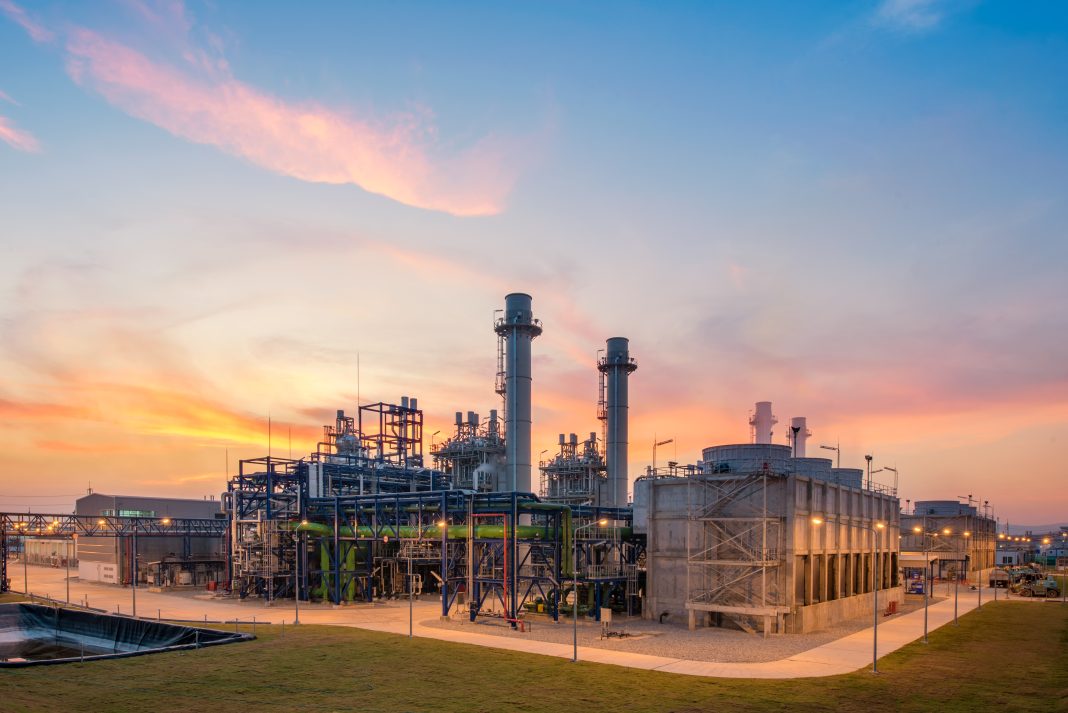Oman: Oman has embarked on the Rabt interconnection project—a groundbreaking initiative designed to link the country’s standalone grids and revolutionize its energy landscape. The project, by the Oman Electricity Transmission Company (OETC), is set to bring about significant changes, including the closure of 14 diesel-fired electricity generation plants and substantial reductions in carbon emissions.
According to the recently published 2023 Sustainability Report by OETC, the Rabt interconnection project is slated to result in the closure of 14 diesel-fired electricity generation plants. This strategic move is expected to save an estimated 175 million liters of diesel annually, accompanied by a significant reduction of over 474,000 tons of carbon emissions per year.
Eng Saleh Nasser al Rumhi, Chief Executive Officer of OETC, highlighted the project’s overarching goals, stating, “Overall, the Rabt Project aims to increase the efficiency, integration, and security of the national electricity transmission network. In addition to reducing carbon emissions.” This ambitious endeavor aligns with Oman’s commitment to achieving Net Zero Emission (NZE) by 2050.
Project Phases
The first phase of the Rabt project, commissioned in Q4 2023, connects the Main Interconnected System (MIS) in the North with the internet network of Petroleum Development Oman (PDO) in the oilfield heartland. This phase also integrates the local networks of Tanweer in Al Wusta Governorate, covering the strategic areas of Duqm and Mahout. Moreover, the second phase, currently under tender, will extend further south from Duqm and eventually connect with the Dhofar System, completing the interconnection network.
The Rabt project has a major impact, with an estimated annual saving of 175 million liters of diesel and a reduction of over 474,000 tons of carbon emissions. This positive environmental impact is a result of displacing 14 diesel-fired electricity generation plants that have been operating on expensive diesel fuel. Additionally, the closure of these plants will contribute significantly to carbon emission reductions and also result in cost savings exceeding RO 65 million annually.
Furthermore, OETC, a member of the Nama Group, has pledged to minimize greenhouse gas (GHG) emissions by prioritizing the dispatch of electricity from solar and wind power plants. This commitment has already yielded positive results, with a 3.86% decrease in GHG emissions achieved in 2023.
Gas-powered plants, which emitted 18.730 million tons of CO2-equivalent, saw a reduction of 778,000 tons of CO2e thanks to the prioritization of renewable power dispatch.
The Rabt interconnection project stands as a testament to Oman’s commitment to a greener and more sustainable energy future.







